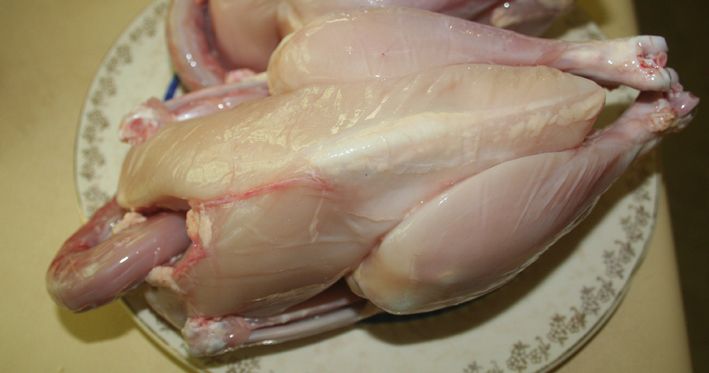In the past we've sold/given away surplus roosters but this year we are jumping in and trying to learn about using some as meat birds. For the most part what we raise are dual purpose breeds, but in the incubator mix right now we also have some layer breeds (leghorns, ameraucana/EE, and ameraucana crosses). Is it worth the feed to raise these layer roos as meat birds or are we best off giving them away as soon as they crow and reveal their sex?
Also, in general, for dual purpose breeds what is the target age/weight we need to aim for? Thanks for any info!
Also, in general, for dual purpose breeds what is the target age/weight we need to aim for? Thanks for any info!






